
Bruce Bower has written about the behavioral sciences since 1984. He often writes about psychology, anthropology, archaeology and mental health issues. Bruce has a master's degree in psychology from Pepperdine University and a master's degree in journalism from the University of Missouri. Following an internship at Science News in 1981, he worked as a reporter at Psychiatric News, a publication of the American Psychiatric Association, until joining Science News as a staff writer. In 1996, the American Psychological Association appointed Bruce a Science Writer Fellow, with a grant to visit psychological scientists of his own choosing. Early stints as an aide in a day school for children and teenagers with severe psychological problems and as a counselor in a drug diversion center provided Bruce with a surprisingly good background for a career in science journalism.

Trustworthy journalism comes at a price.
Scientists and journalists share a core belief in questioning, observing and verifying to reach the truth. Science News reports on crucial research and discovery across science disciplines. We need your financial support to make it happen – every contribution makes a difference.
All Stories by Bruce Bower
-
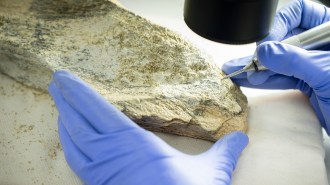 Archaeology
ArchaeologyHuman ancestors made the oldest known bone tools 1.5 million years ago
The excavation of bone tools at Olduvai Gorge in Tanzania expands the range of ancient hominids’ cultural innovations.
-
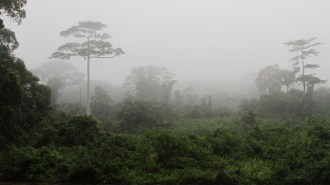 Archaeology
ArchaeologyHumans moved into African rainforests at least 150,000 years ago
This oldest known evidence of people living in tropical forests supports an idea that human evolution occurred across Africa.
-
 Archaeology
ArchaeologyHere’s how ancient Amazonians became master maize farmers
Casarabe people grew the nutritious crop year-round on savannas thanks to networks of drainage canals and ponds.
-
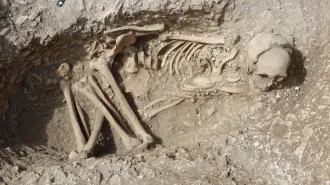 Genetics
GeneticsIron Age Celtic women’s social and political power just got a boost
Ancient DNA indicates women stayed in their home communities and married partners from outside the area.
-
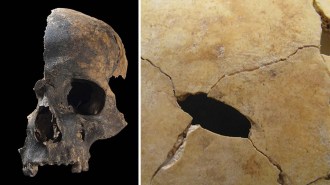 Anthropology
AnthropologyBritain’s largest ancient massacre may have included cannibalism
Bones recovered from a natural shaft unveil a 4,000-year-old massacre of men, women and children, possibly part of a cycle of revenge killings.
-
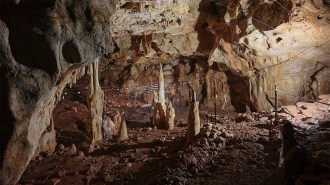 Archaeology
ArchaeologyThe oldest known ritual chamber in the Middle East has been found
Engravings and other evidence suggest ancient humans attended religious ceremonies in the cave as early as 37,000 years ago.
-
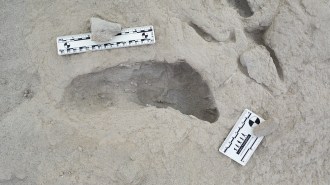 Anthropology
AnthropologyFootprints offer a rare look at ancient human relatives crossing paths
The imprints put flat-footed and arched-foot walkers together at a prime spot in East Africa.
-
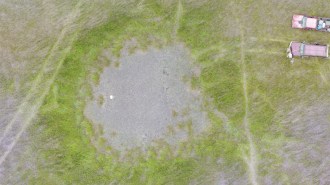 Archaeology
ArchaeologyAncient Central Americans built a massive fish-trapping system
Earthen channels directed fish into ponds that formed seasonally, providing a dietary bounty for Maya civilizations starting around 4,000 years ago.
-
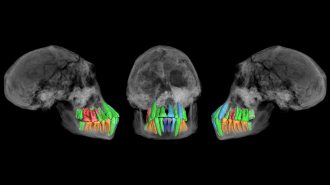 Anthropology
AnthropologyFossil teeth hint at a surprisingly early start to humans’ long childhoods
Signs of temporarily delayed tooth development in the skull of an ancient Homo species youth spark debate about the origins of humanlike growth.
-
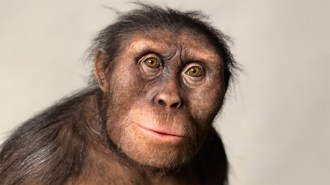 Anthropology
AnthropologyHow does a fossil become a superstar? Just ask Lucy.
Geologic good fortune, skilled scientific scrutiny and a catchy name turned Lucy into an evolutionary icon.
-
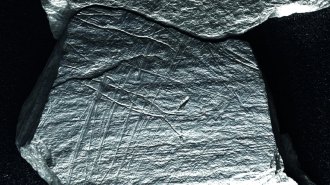 Archaeology
ArchaeologyA digital exam reels in engraved scenes of Stone Age net fishing
Nearly 16,000-year-old portrayals of fish surrounded by nets had evaded detection until a new technique took magnification to a new level.
-
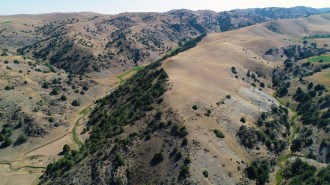 Archaeology
ArchaeologySilk Road cities reached surprising heights in Central Asia’s mountains
Drones with lasers revealed hidden urban centers that may have aided trade and travel through mountainous regions during medieval times.